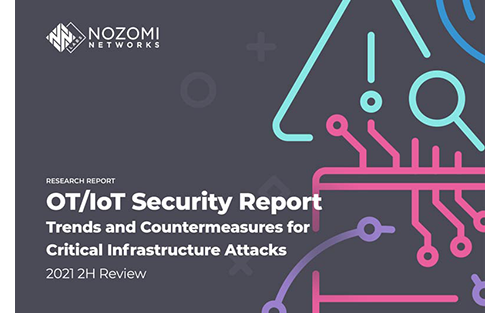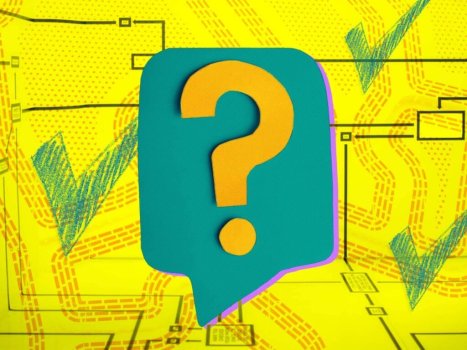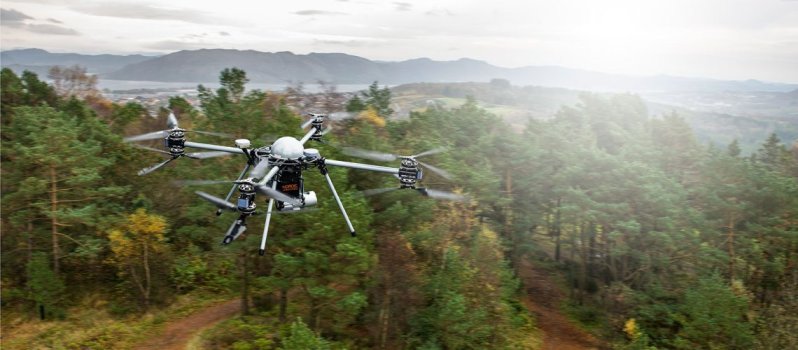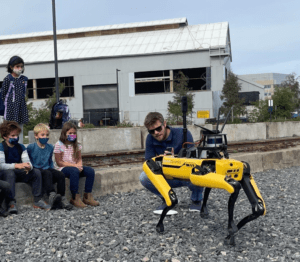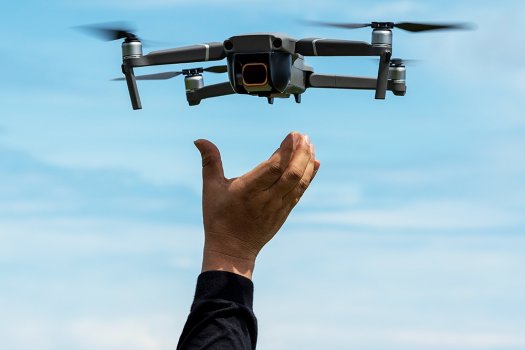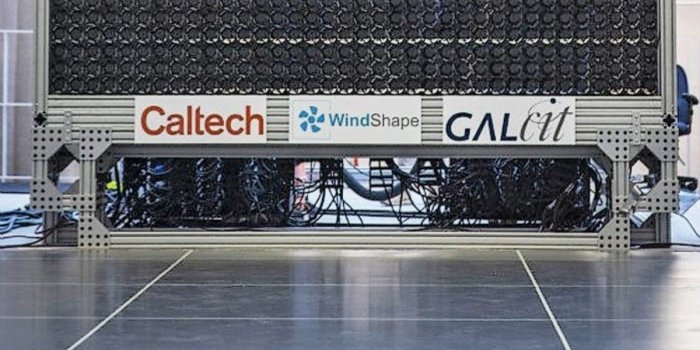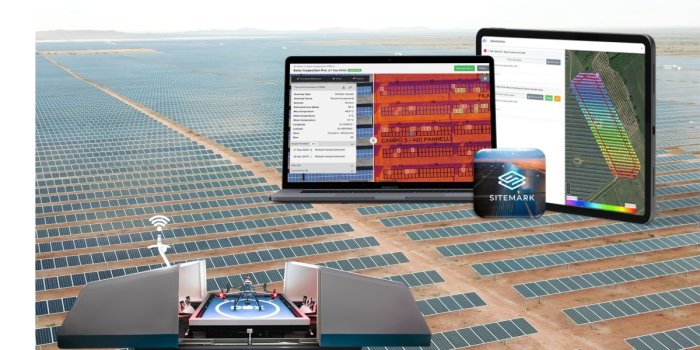New OT/IoT Security Report: Trends and Countermeasures for Critical Infrastructure Attacks
- Technology Solutions
- 0 Replies
In our latest OT/IoT Security Report, Nozomi Networks Labs brings together an in-depth analysis of industry trends and our own security research findings. The 2021 2H report is designed to help security teams and researchers protect their ICS and OT/IoT environments. It focuses on three main areas: trends in attacks, vulnerability research and best practices in remediation efforts and technology. We include a deeper dive into ransomware attacks over the past six months, and our own research into security camera and supply chain vulnerabilities. You’ll also learn more about remediation measures including attack surface reduction, the role of Zero Trust in modern OT/IoT networks, and techniques for analyzing device firmware for vulnerabilities. Read on to learn about some of the highlights in our semi-annual report.
Supply chain attacks offer greatest opportunity to spread damage quickly
Supply chain attacks have the potential to disrupt thousands of organizations, depending on how broadly a common software component is used, and the ease with which a vulnerability can be exploited. The first widely reported supply chain attack occurred over a year ago when a SolarWinds vulnerability compromised dozens of critical network operations across industries and the federal government. Since then, we have seen more attention in this area, along with growing concerns and actual vulnerabilities and exploits in open-source code. When vulnerabilities are announced in open-source software, which can be used by many applications, the damage can be just as, or even more, extensive than single-vendor software. It depends on how widely used the library component is. This was the case with the December disclosure of the Log4Shell vulnerability. Log4Shell was found in the Apache Log4j (pronounced log-forge) open-source logging library, widely used in commercial applications and large online platforms. Due to the simplicity of this exploit, attackers were able to quickly launch attacks ahead of remediation and patch efforts across the globe. One of the largest ransomware groups was able to use the exploit within a week, executing an attack against VMware vCenter deployments. Our research on Log4j is a key focus area in the latest OT/IoT Security Report, along with other notable ransomware and supply chain attacks that occurred in 2021 2H.
Continue reading: https://www.automation.com/en-us/articles/february-2022/ot-iot-security-report-trends-critical
Supply chain attacks offer greatest opportunity to spread damage quickly
Supply chain attacks have the potential to disrupt thousands of organizations, depending on how broadly a common software component is used, and the ease with which a vulnerability can be exploited. The first widely reported supply chain attack occurred over a year ago when a SolarWinds vulnerability compromised dozens of critical network operations across industries and the federal government. Since then, we have seen more attention in this area, along with growing concerns and actual vulnerabilities and exploits in open-source code. When vulnerabilities are announced in open-source software, which can be used by many applications, the damage can be just as, or even more, extensive than single-vendor software. It depends on how widely used the library component is. This was the case with the December disclosure of the Log4Shell vulnerability. Log4Shell was found in the Apache Log4j (pronounced log-forge) open-source logging library, widely used in commercial applications and large online platforms. Due to the simplicity of this exploit, attackers were able to quickly launch attacks ahead of remediation and patch efforts across the globe. One of the largest ransomware groups was able to use the exploit within a week, executing an attack against VMware vCenter deployments. Our research on Log4j is a key focus area in the latest OT/IoT Security Report, along with other notable ransomware and supply chain attacks that occurred in 2021 2H.
Continue reading: https://www.automation.com/en-us/articles/february-2022/ot-iot-security-report-trends-critical

